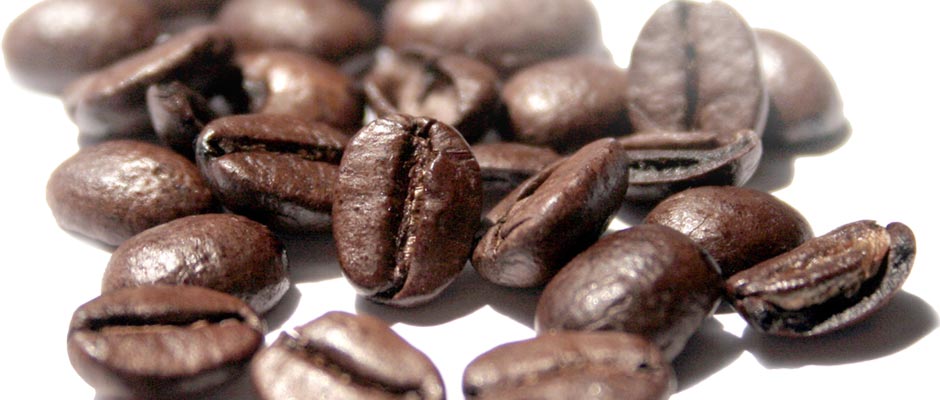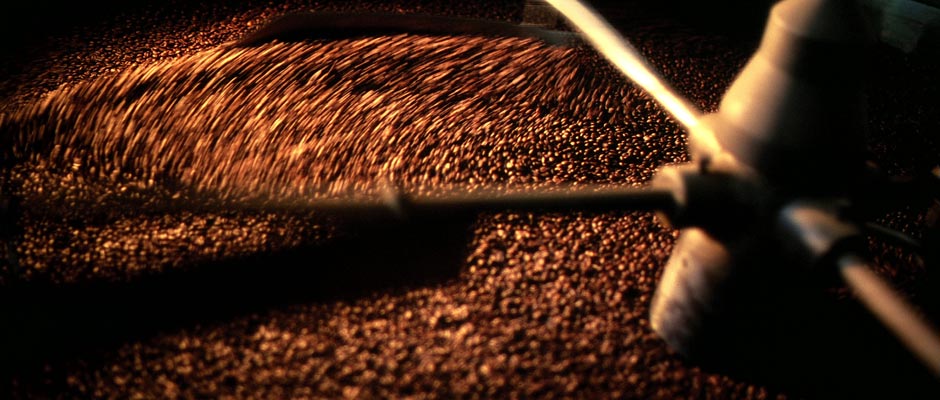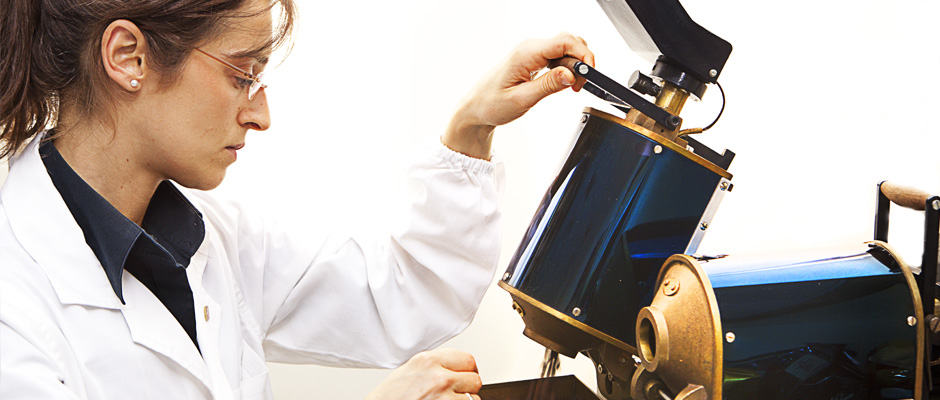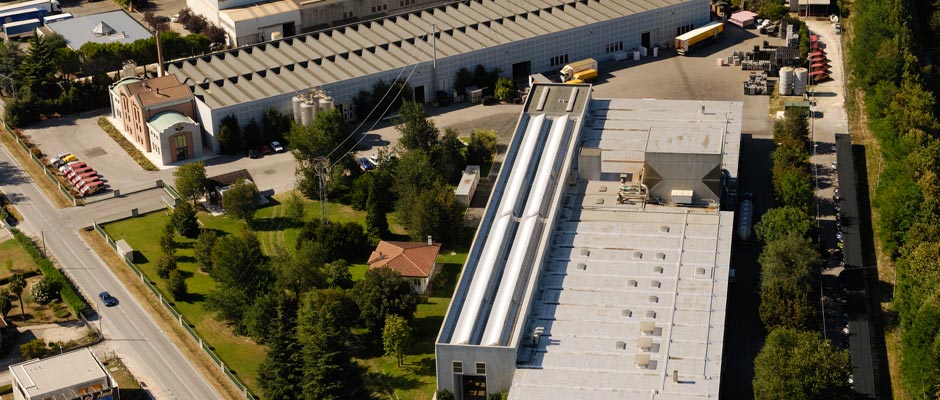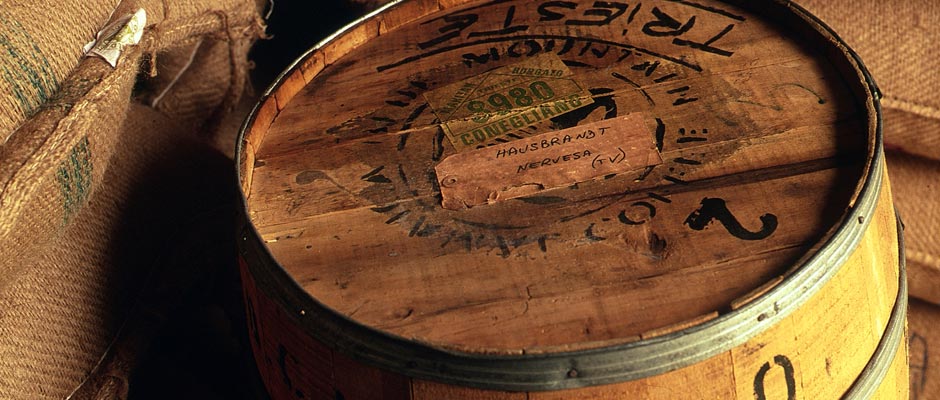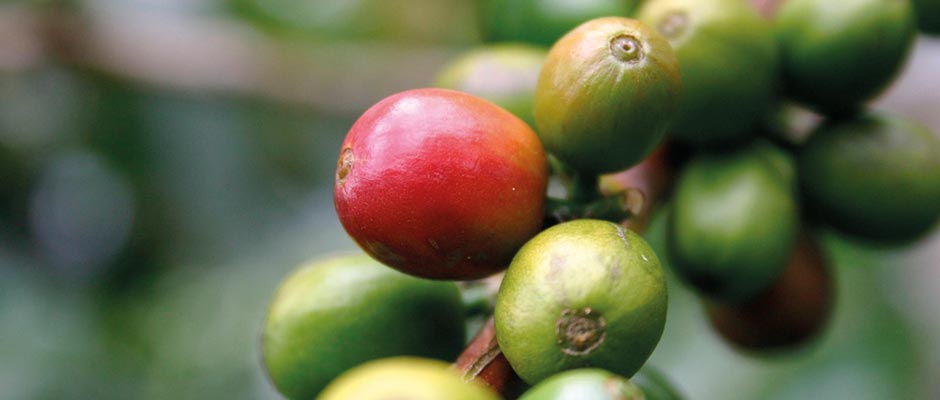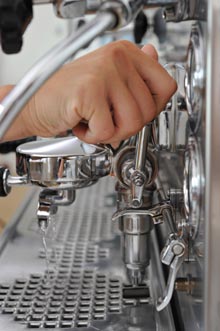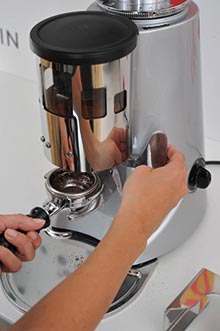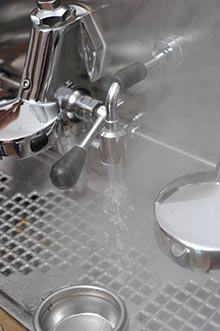The Science of Quality
The long processing system required to obtain a perfect cup of espresso has led Hausbrandt to continually supervise each and every production step.
This series of countless steps, examinations, verifications and tests is indispensible for ensuring that the customer receives a perfect product that fully expresses its personality in the cup.
The blend
For more than one hundred years, Hausbrandt has combined tradition and experience with knowledge and technological innovation to create a well-established, authentic “culture of good coffee”.
The perfect combinations of single origin beans and the different amounts of Arabica and Robusta varieties create perfect blends that offer full flavour, fragrant aroma and rounded body ‒ the essential elements for an exceptional coffee. The secret of the Hausbrandt Trieste 1892 blends undoubtedly lies in their composition. One example is the Gourmet Columbus blend, whose recipe holds the secret to an exquisite combination of bitter cocoa and liquorice root nuances. Its harmonious, full and sophisticated flavour results from careful selection of the finest quality Colombian Arabica.
Processing
Although selecting the best raw materials is important, it is not enough to guarantee the highest quality product. Roasting is the crucial moment when the coffee first undergoes a true transformation.
Hausbrandt uses a process known as slow roasting, in which a temperature of 210° C is reached. The roasting lasts for 15 to 16 minutes, the amount of time needed to obtain coffee that has a uniform colour and that has all of its aroma and organoleptic properties intact. During this process, the heat curve is continuously monitored with thermal probes. At the end of the roasting process, the beans are immediately cooled to halt the natural process of combustion.
Once roasted, the coffee needs to be aged to fully develop its characteristics. After a few days of aging, the coffee is vacuum-packed in canisters or bags that perfectly preserve the product.
Espresso preparation
There are four essential elements for making good coffee. Hausbrandt’s commitment to producing the perfect coffee does not end with providing a high-quality blend: aware of the important work and professionalism of the barman, the company offers consulting and training so that every step of the espresso’s preparation is the result of product knowledge and expertise. The machines used for this preparation must always be efficient and clean.
The espresso machine
Espresso machines have settings that must be respected and monitored. The pressure of the pump unit must be between 8.5 and 9 atmospheres. The pressure of the water in the boiler must also be checked; it should be 1 atmosphere to ensure that the water emerges from the shower heads at a temperature of approximately 90°. Proper maintenance of the machine, including correct cleaning of the interior and exterior (shower heads, gaskets, filter), is essential. Like a fine instrument, the machine must be “tuned” in order to work well, and must therefore be clean and in proper working condition to produce a good espresso.
The grinder-dispenser
This machine breaks apart the roasted beans. The beans are fragmented and ground, making enough to obtain up to 15,000 cups of coffee. A powder that is fragrant, aromatic, and fine. Such small, yet perfect, particles. The water passes among the particles, taking with it the substances required to make an espresso. In the 25 to 30 seconds needed to extract the coffee, those small grains are deprived of their treasure ‒ the fruity, spicy aroma, the sweet, acidulous taste. All this in a simple cup. Even the quantity of ground coffee used must be perfectly measured: 7 grams of coffee, no more, no less.
Expertise
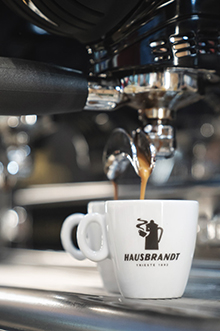
For an orchestra to play masterfully, it needs a talented conductor; as with music, making coffee requires an expert who can guide all the musicians. An expert selects the proper blends, interpreting and transforming them into the perfect espresso. This work may go unnoticed by the customer, until it is revealed when they taste the perfection of the cup of espresso.
Like a mathematical formula, those 7 grams of coffee, extracted for 25 to 30 seconds, at a constant temperature of 90° and a pressure of 9 atmospheres, will produce 25 to 30 ml of espresso: sweet, full-bodied, aromatic, rich. It requires expertise, care and an innate aptitude for perfection… But in the end, there is perfection, excellence and passion in every single cup of coffee.







